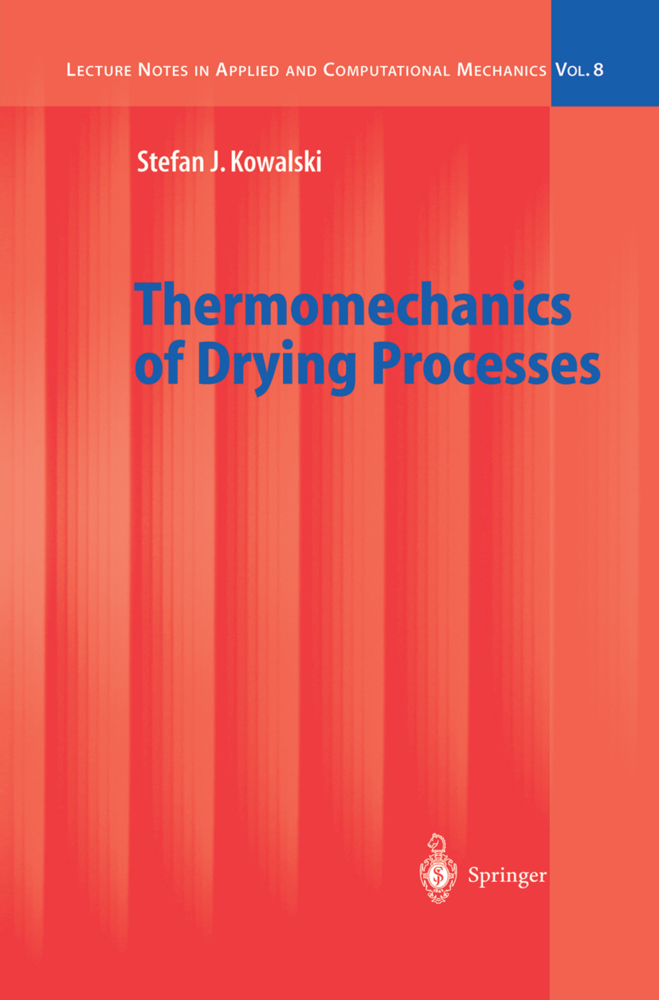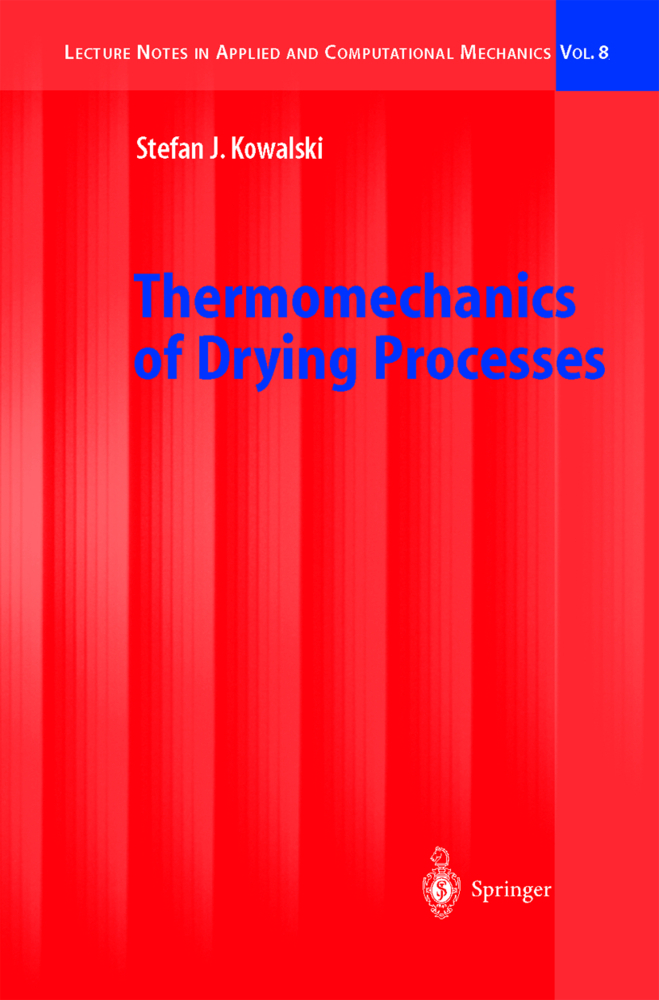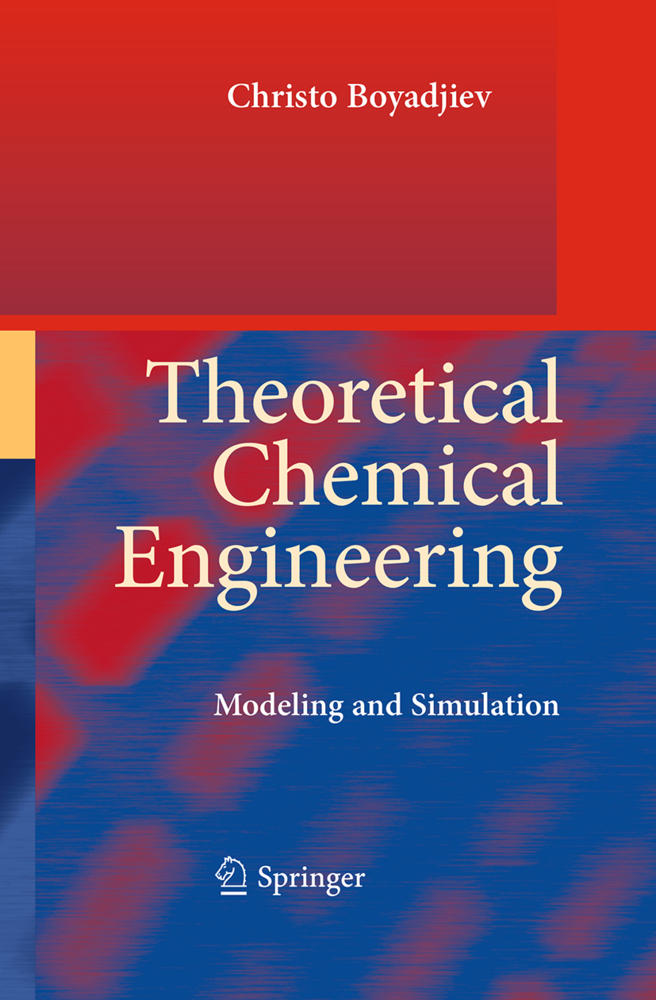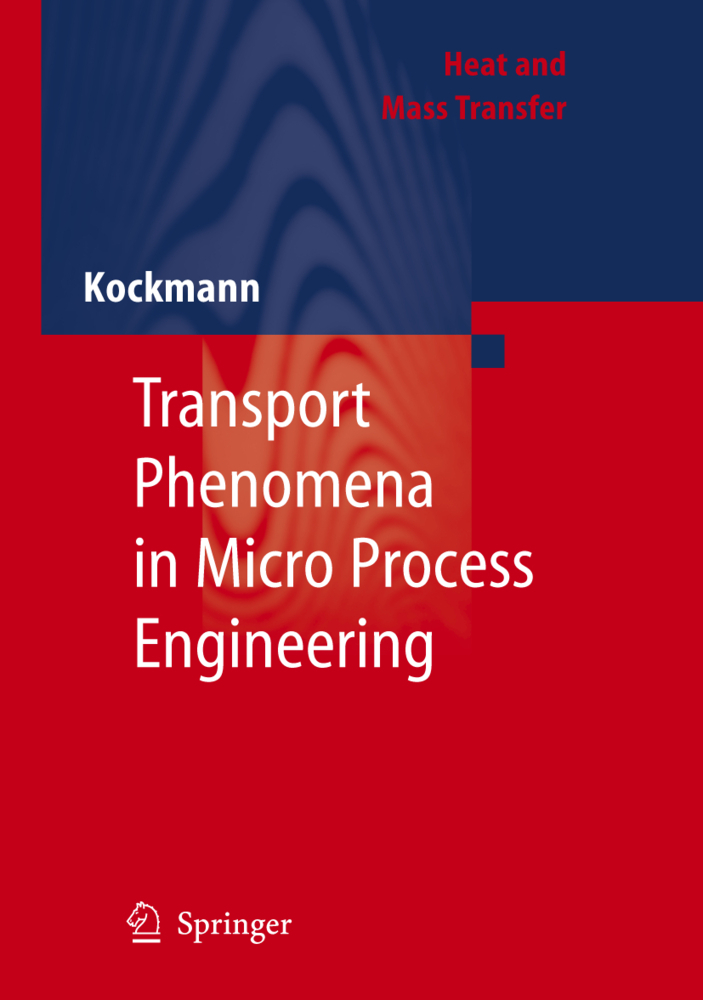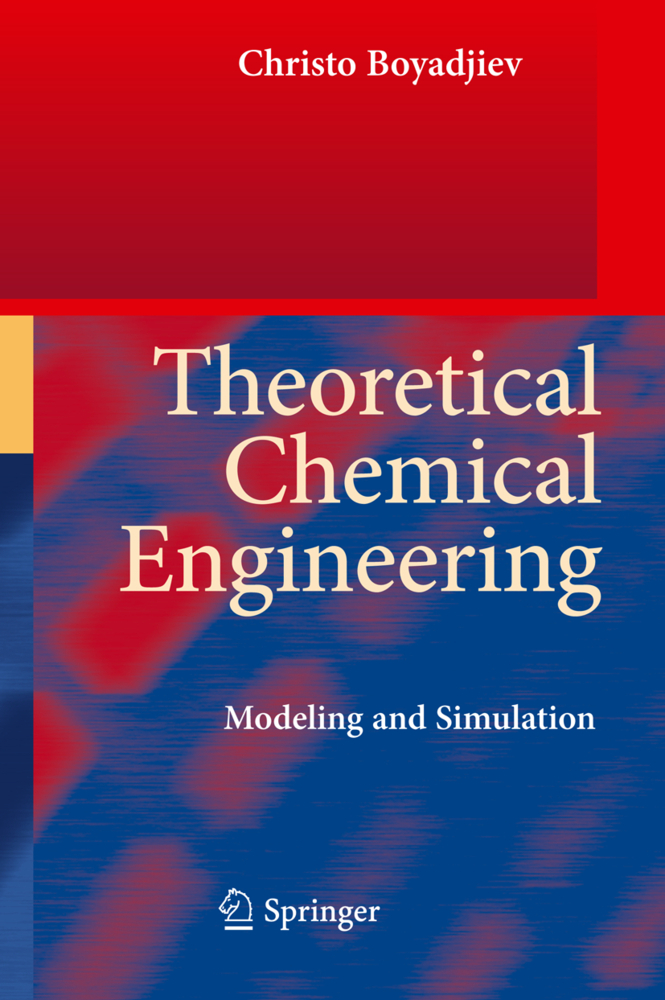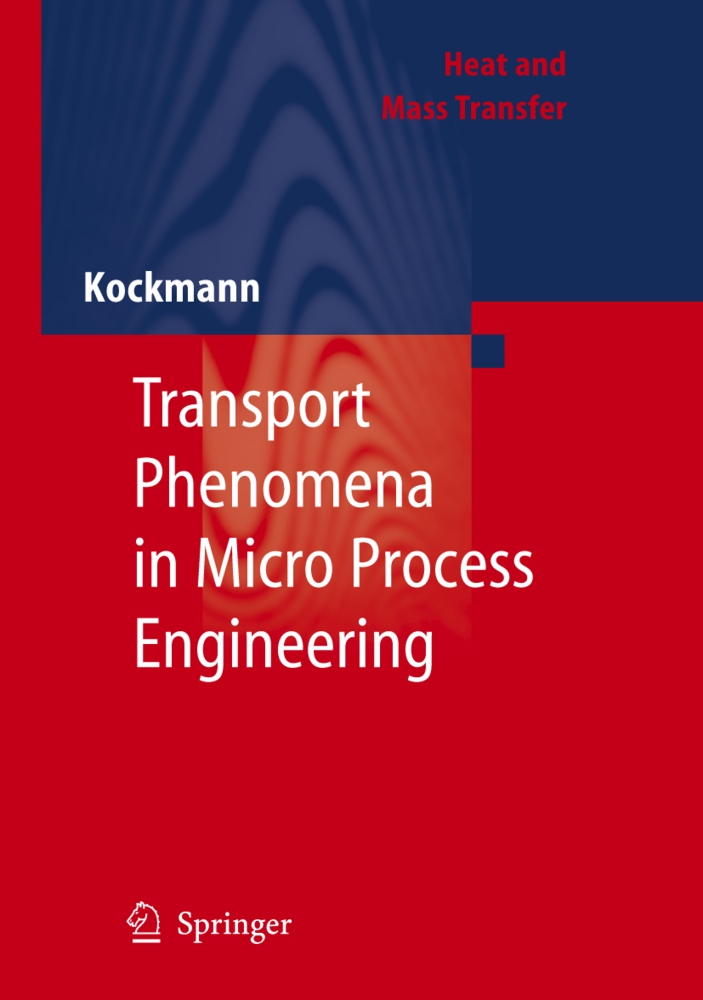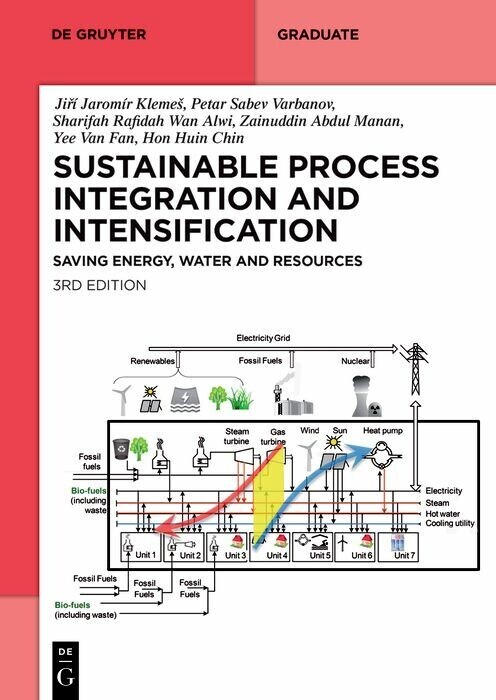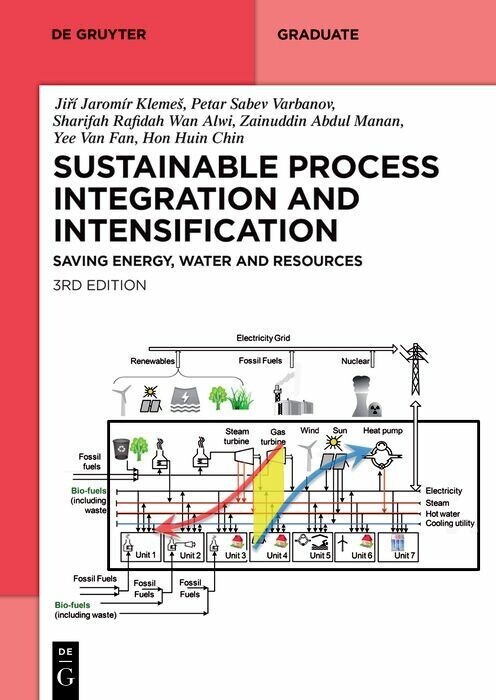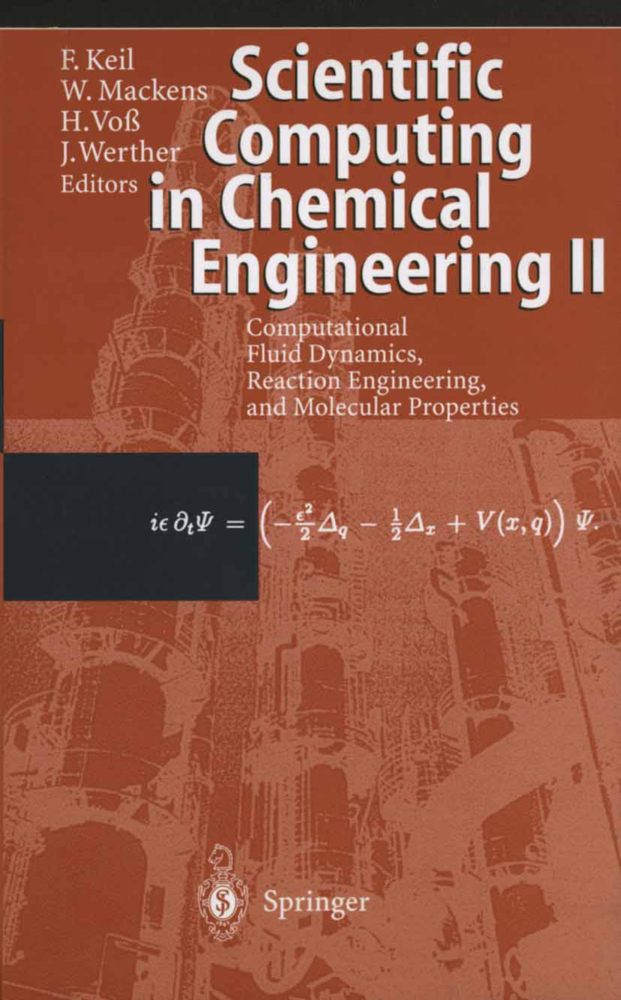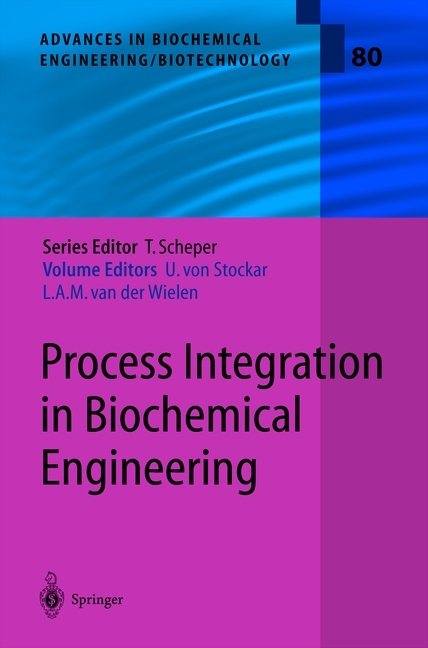Thermomechanics of Drying Processes
Thermomechanics of Drying Processes
This book is interdisciplinary in character and combines the knowledge of me chanics and chemical engineering with the aim of presenting a more exhaustive analysis ofthe phenomena occurring in wet materials during drying. Traditionally, the subject of drying has been an almost exclusive domain of chemical engineers. The drying curricula have mostly included only the courses of heat and mass transfer or diffusion. The mechanical phenomena that accompany drying, as for example, warping or deformation of dried materials, or the drying induced stresses and fissures of the material, were ignored or considered in a rather obscure way. This book broadens the scope of drying theory, bringing into the curriculum the tools enabling the study of both heat and mass transport processes and the me chanical phenomena that occur in wet materials under drying. There is little available literature that brings together heat and mass transport processes and mechanical phenomena in a unified approach todrying processes.
1.1 Classification of wet materials
1.2 Characterization of moisture bounding a solid skeleton
1.3 The equilibrium humidity
1.4 Mechanisms of moisture movement
2 Characterization of drying processes
2.1 Drying technique
2.2 Kinetics of drying processes
2.3 Mechanisms of heat and mass transfer
3 The equations of balance
3.1 Preliminaries
3.2 Balance equations: control volume approach
3.3 Second law of thermodynamics
4 Thermodynamic foundation of dried materials in elastic range
4.1 Postulate of local state
4.2 Equations of state
4.3 Phenomenological rate equations of heat and mass transfer
4.4 Physical relations for elastic materials under drying
5 Thermodynamics of viscoelastic materials under drying
5.1 Rheological properties of dried materials
5.2 Constitutive equations for a viscoelastic body
5.3 Analogy between viscoelasticity and elasticity
6 Plasticity in drying
6.1 Elastoplastic behaviorof dried materials
6.2 Thermodynamical restrictions
6.3 Theory of plastic flow
6.4 Identification of the coefficients ? and L in the plastic potential
7 Destruction of materials by drying
7.1 Preliminary remarks
7.2 Cohesion forces in drying processes
7.3 Theoretical strength of dried materials
7.4 Fracture of brittle dried materials
7.5 Fracture of partly ductile dried materials
7.6 A measure of damage
8 Conditions of stress generation and boundary conditions
8.1 Conditions of stress generation
8.2 Balance equations for a body with a discontinuity surface
8.3 Boundary conditions in the first and second period of drying
8.4 Receding of the evaporation zone
9 Approach to numerical analysis in drying
9.1 Set of governing equations
9.2 Galerkin's formulation of the numerical problem
9.3 Time integration
9.4 Numerical solution for two-dimensional problem
10 One-dimensional initial-boundary value problem
10.1 Distribution of temperature and moisture content in wet porous plates under drying
10.2 Drying induced stresses in an elastic saturated plate
10.3 Drying induced stresses in a viscoelastic saturated plate
11 Drying induced stresses in products of cylindrical and spherical symmetry
11.1 The phenomenon of stress reverse in a cylindrical sample
11.2 Determination of shrinkage factor on a spherical sample
12 Mechanical effects in dried materials examined on the basis of two-dimensional boundary value problems
12.1 Deformations and stresses dependent on material shape
12.3 Thermal effects in dried materials
12.4 Analysis of dried body response on drying conditions the response of dried body to drying conditions
12.5 Significance of the wet bulb temperature in drying
12.6 Control of drying processes
12.7 Mechanical properties dependent on moisture content
12.8 Concentration of stresses around grooves
12.9 Phase transition inside the dried body
13 Dried materials with anisotropic structure
13.1 Constitutive equations for anisotropic materials with variable moisture content
13.2 Experimental identification of mechano-sorptive strain in wood
13.3 Deformation and stresses in dried wood
13.4 Identification of wood fracture during drying
14 Experimental studies in drying
14.1 Determination of coefficients in physical relations
14.2 Determination of coefficients in rate equations
14.3 Application of acoustic emission in studies of dried materials
References.
Nomenclature
1 Properties of dried materials1.1 Classification of wet materials
1.2 Characterization of moisture bounding a solid skeleton
1.3 The equilibrium humidity
1.4 Mechanisms of moisture movement
2 Characterization of drying processes
2.1 Drying technique
2.2 Kinetics of drying processes
2.3 Mechanisms of heat and mass transfer
3 The equations of balance
3.1 Preliminaries
3.2 Balance equations: control volume approach
3.3 Second law of thermodynamics
4 Thermodynamic foundation of dried materials in elastic range
4.1 Postulate of local state
4.2 Equations of state
4.3 Phenomenological rate equations of heat and mass transfer
4.4 Physical relations for elastic materials under drying
5 Thermodynamics of viscoelastic materials under drying
5.1 Rheological properties of dried materials
5.2 Constitutive equations for a viscoelastic body
5.3 Analogy between viscoelasticity and elasticity
6 Plasticity in drying
6.1 Elastoplastic behaviorof dried materials
6.2 Thermodynamical restrictions
6.3 Theory of plastic flow
6.4 Identification of the coefficients ? and L in the plastic potential
7 Destruction of materials by drying
7.1 Preliminary remarks
7.2 Cohesion forces in drying processes
7.3 Theoretical strength of dried materials
7.4 Fracture of brittle dried materials
7.5 Fracture of partly ductile dried materials
7.6 A measure of damage
8 Conditions of stress generation and boundary conditions
8.1 Conditions of stress generation
8.2 Balance equations for a body with a discontinuity surface
8.3 Boundary conditions in the first and second period of drying
8.4 Receding of the evaporation zone
9 Approach to numerical analysis in drying
9.1 Set of governing equations
9.2 Galerkin's formulation of the numerical problem
9.3 Time integration
9.4 Numerical solution for two-dimensional problem
10 One-dimensional initial-boundary value problem
10.1 Distribution of temperature and moisture content in wet porous plates under drying
10.2 Drying induced stresses in an elastic saturated plate
10.3 Drying induced stresses in a viscoelastic saturated plate
11 Drying induced stresses in products of cylindrical and spherical symmetry
11.1 The phenomenon of stress reverse in a cylindrical sample
11.2 Determination of shrinkage factor on a spherical sample
12 Mechanical effects in dried materials examined on the basis of two-dimensional boundary value problems
12.1 Deformations and stresses dependent on material shape
12.3 Thermal effects in dried materials
12.4 Analysis of dried body response on drying conditions the response of dried body to drying conditions
12.5 Significance of the wet bulb temperature in drying
12.6 Control of drying processes
12.7 Mechanical properties dependent on moisture content
12.8 Concentration of stresses around grooves
12.9 Phase transition inside the dried body
13 Dried materials with anisotropic structure
13.1 Constitutive equations for anisotropic materials with variable moisture content
13.2 Experimental identification of mechano-sorptive strain in wood
13.3 Deformation and stresses in dried wood
13.4 Identification of wood fracture during drying
14 Experimental studies in drying
14.1 Determination of coefficients in physical relations
14.2 Determination of coefficients in rate equations
14.3 Application of acoustic emission in studies of dried materials
References.
Kowalski, Stefan Jan
| ISBN | 978-3-642-05582-9 |
|---|---|
| Artikelnummer | 9783642055829 |
| Medientyp | Buch |
| Copyrightjahr | 2010 |
| Verlag | Springer, Berlin |
| Umfang | VII, 358 Seiten |
| Abbildungen | VII, 358 p. |
| Sprache | Englisch |

